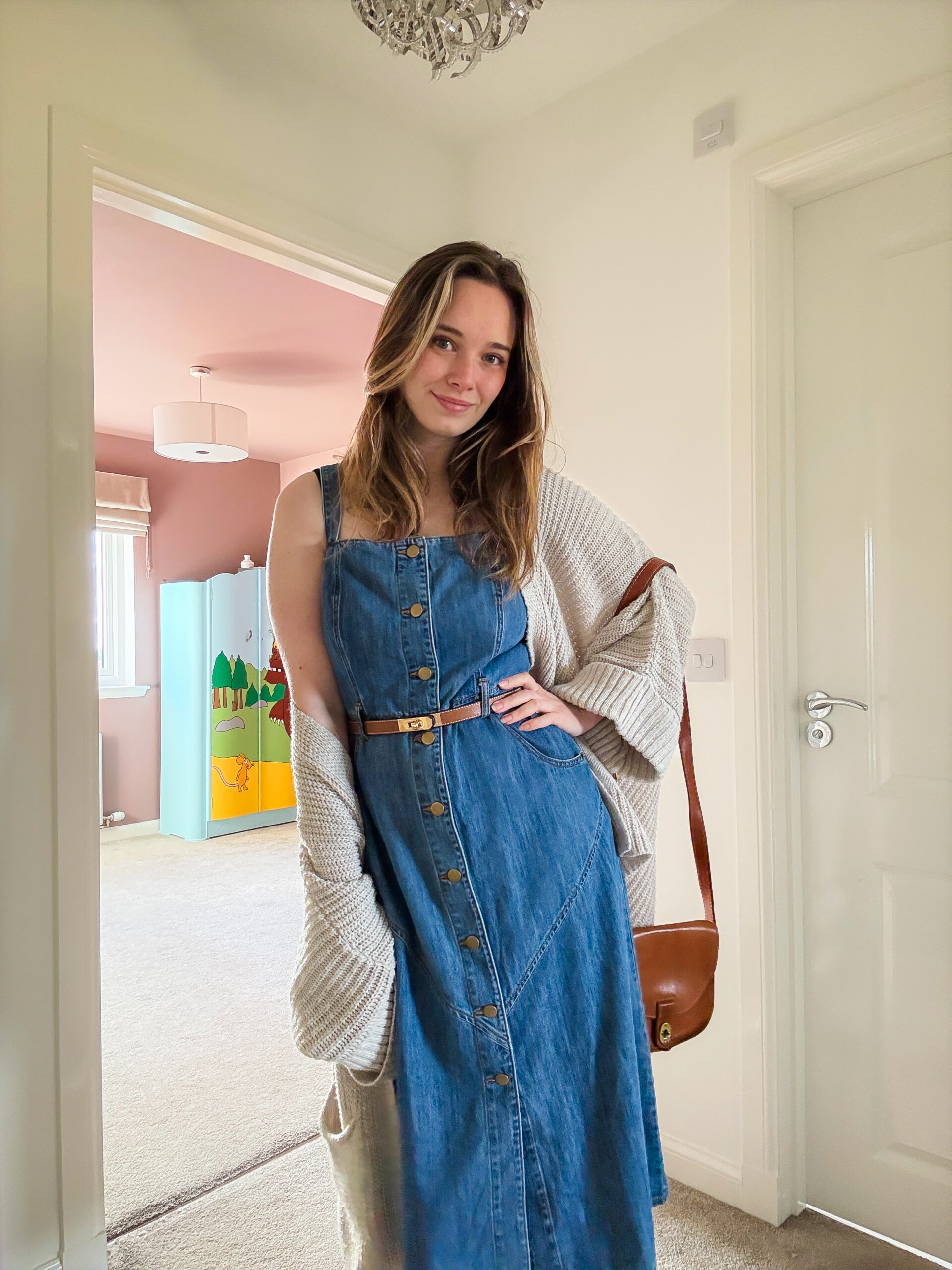Which Materials Should Parents Choose When Buying a Baby Sleep Sack
Finding the right baby sleep sack can feel overwhelming with so many options available. For the best comfort and safety, choose materials like 100% cotton, muslin, or organic fabrics. These materials are breathable and gentle on your baby's skin, reducing the risk of overheating and irritation. Organic baby sleep sacks are a popular choice among parents who prioritize eco-friendly and hypoallergenic options. They are free from harmful chemicals and provide a safe sleeping environment for your little one. You can find a variety of baby sleep sack options that are designed to provide a snug and cozy sleep.
Consider sleep sacks made from muslin or cotton for warmer climates, as they are lightweight and promote better airflow. In contrast, fleece or micro-fleece sleep sacks are ideal for cooler weather, keeping your baby warm and comfortable. Choosing the right material ensures your baby sleeps safely and soundly through the night.

Understanding the Basics of Baby Sleep Sacks
Baby sleep sacks are essential for creating a safe and comfortable sleep environment for your little one. This section will cover what sleep sacks are, the best materials to choose for comfort and safety, and how to select the right size and type for your baby.
Defining Sleep Sacks and Their Purpose
A sleep sack is a type of wearable blanket designed to keep your baby warm without the need for loose bedding. Loose blankets can pose a suffocation risk and increase the possibility of SIDS (Sudden Infant Death Syndrome). By using a sleep sack, you can ensure that your baby stays cozy and safe throughout the night. Sleep sacks come in various styles, including sleeveless options and swaddle sleep sacks that allow you to wrap your baby snugly.
Material Considerations for Comfort and Safety
When choosing a sleep sack, the material is necessary for both comfort and safety. Organic cotton is a popular choice because it is soft, breathable, and gentle on sensitive skin. It helps prevent overheating, which can be dangerous for babies. Merino wool is another good option, as it regulates temperature naturally and keeps your baby warm without causing them to sweat. For colder months, consider a fleece sleep sack, which provides more warmth. Always ensure the material is breathable to avoid overheating, and check that it is machine washable for easy care.
Choosing the Right Size and Type for Your Infant
Selecting the correct size and type of sleep sack is essential for your baby's safety and comfort. Brands often provide sizing based on your baby’s weight and age. A snug fit around the neck and arms without being too tight ensures that your baby cannot slip inside the sack. Some sleep sacks include weighted options for a swaddling effect, which can be calming for some infants. When your baby begins to roll over, switch to sleeveless sleep sacks to allow free movement of their arms. This helps in preventing any restriction and ensures they can lift their head and shoulders if needed.
Sleep sacks are a practical choice for maintaining safe sleep practices, providing comfort, and ensuring your baby remains securely covered throughout the night. Always prioritize choosing well-fitted, breathable materials to keep your little one safe and cozy.
Features and Selection Criteria for Optimal Use
When choosing a baby sleep sack, key considerations include temperature regulation, ease of use, and additional comfort features. Paying attention to these factors ensures that your baby sleeps safely and comfortably.
Temperature Regulation and TOG Rating
Temperature regulation is important in selecting a sleep sack. The Thermal Overall Grade (TOG) rating measures the warmth of the fabric. TOG ratings vary from lightweight (0.5-1.0) for hot weather to higher ratings (2.5-3.5) for colder climates.
Example of TOG Ratings:
| TOG Rating | Weather | Fabric Type |
| 0.5-1.0 | Warm | Lightweight, breathable cotton muslin |
| 2.5-3.5 | Cold | Fleece, microfleece, wool |
Using the correct TOG rating ensures your baby remains at a comfortable temperature, reducing the risk of overheating or getting too cold. Sleep consultants and pediatricians recommend monitoring room temperature and adjusting the TOG rating accordingly.
Design Elements for Ease of Use and Convenience
Selecting a sleep sack with practical design features can make a significant difference for parents. Look for models with a two-way zipper or inverted zipper. These zippers allow easy diaper changes without fully undressing your baby, making middle-of-the-night changes more manageable.
Design Features to Consider:
- Two-way zipper: Enables quick diaper changes.
- Shoulder snaps: Simplifies getting the baby in and out.
- Secure fit: Ensures the sleep sack stays in place.
These design features not only make the sleep sack easy to put on and remove but also add to the convenience of nighttime parenting tasks.
Additional Features for Baby's Comfort and Parental Peace of Mind
Comfort and safety are important in sleep sack selection. Choose materials like cotton knit or polyester fleece that are soft and cozy. A roomy design allows your baby to move freely, aiding in their physical development while asleep.
Comfort Enhancing Features:
- Soft fabrics: Ensures the baby’s skin isn’t irritated.
- Roomy design: Provides a cozy feeling and safe sleep environment.
- Secure fittings: Helps maintain safe sleep practices.
Products such as the Woolino 4 Season Ultimate Baby Sleep Bag are excellent examples of sleep sacks that balance comfort with safety, often recommended by pediatricians for safe sleep practices. Prioritizing these elements helps ensure both baby’s comfort and parental peace of mind.
Conclusion
Choosing the right material for a baby sleep sack is important for your baby's comfort and safety. Opt for breathable materials like cotton or bamboo to prevent overheating. Always consider the TOG rating to match the sleep sack to your baby's room temperature. A well-chosen sleep sack can help ensure your baby sleeps comfortably and safely.



